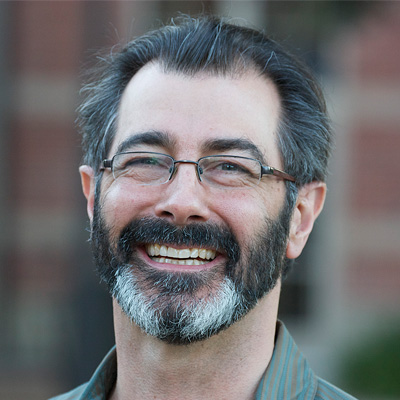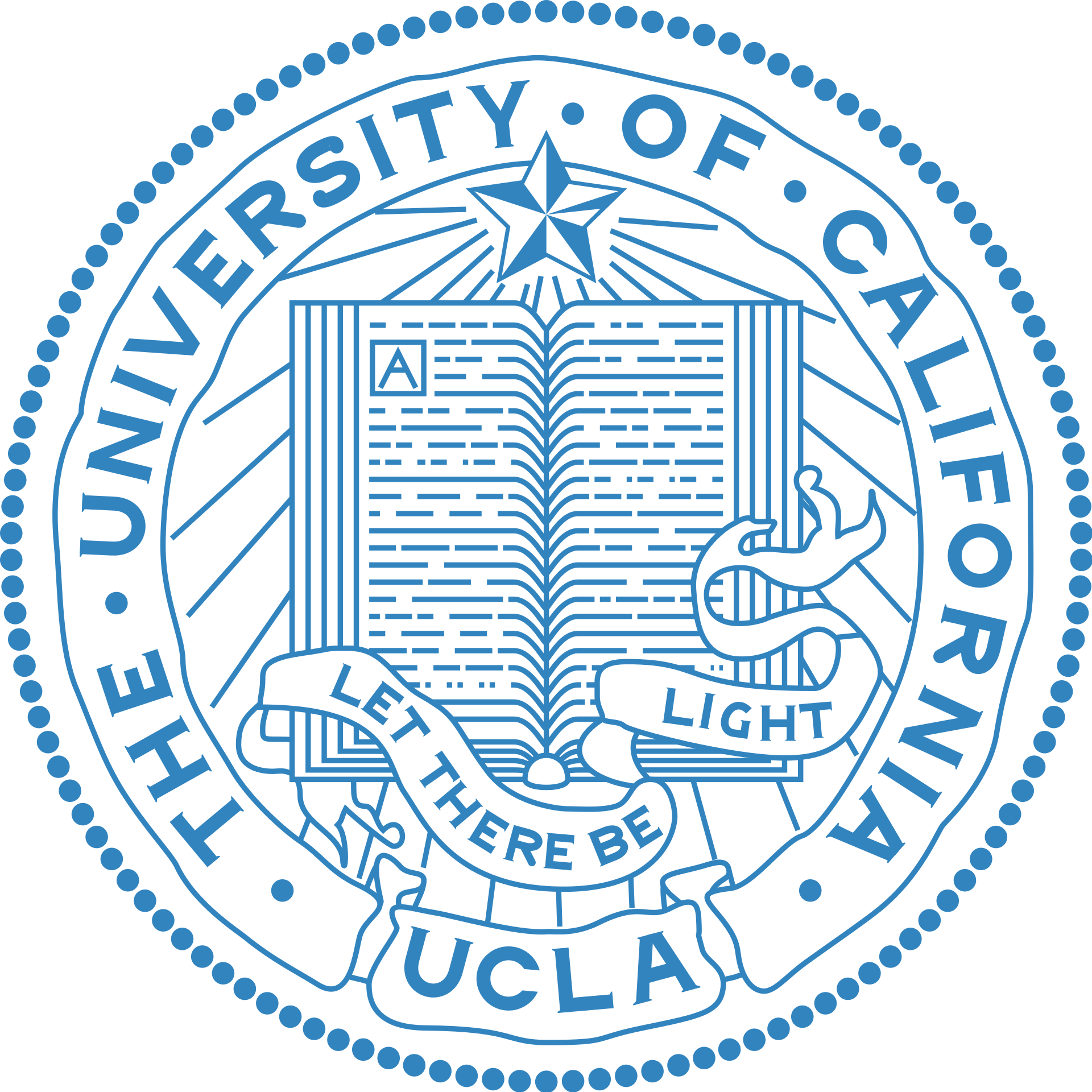The fundamentals of climate change and modeling
What keeps our climate the way it’s been and what causes it to change? Such is the question that remains a complex problem for researchers studying climate models today, as developing new techniques to test and improve climate models helps predict natural climate variations such as El Niño and effects of human-induced climate change. Dr. David Neelin, Professor of Atmospheric and Oceanic Sciences at the University of California, Los Angeles, is adapting techniques from applied math, physics and big data to shed light on climate variations and climate change, which have considerable present and future societal impact. Understanding fundamentals and careful calibration of predictions is key as we prepare to adapt to climate change and to aid societies around the world to become more resilient to climate variations in a changing world.
At the time when climate research was starting to emerge, Dr. Neelin made significant contributions to expanding the understanding of El Niño, and other interactions in the climate system like vegetation-climate feedback. He is also a prominent author of a textbook, Climate Change and Climate Modeling. Work in these areas has earned recognition including a US Presidential Young Investigator Award, a National Science Foundation Special Creativity Award and a Guggenheim Fellowship. Currently, Dr. Neelin and his team collaborate with specialists in climate modeling, satellite retrievals and field campaigns across disciplines to focus on an enormous challenge for climate science: the interaction between small-scale rainstorms and large-scale climate. In the small-scale storms, the action happens at timescales of minutes and spatial scales under a kilometer, but these impact the climate at global scales. When the overall effect of the storms is correctly captured, researchers will be able to determine how accurate their predictions can be for human-induced changes over this century in statistics of extreme events and mean rainfall for regions the size of California.
Current projects include:
- Understanding Natural Climate Variability: Back in the late 1980s and 1990s, when the climate-science community was still trying to understand El Niño, the large, multi-year oscillation of the tropical Pacific that affects weather around the globe, Dr. Neelin’s group used methods from applied mathematics to "strip-down" complex climate models to understand how ocean-atmosphere interaction was essential to this phenomenon. In addition, Dr. Neelin also brought in methods from chaos theory and stochastic modeling to help understand what factors allow and what factors limit the predictability of El Niño. Currently, Dr. Neelin is interested in how El Niño remote impacts occur. When there is a big change happening in one part of the Earth -- in the tropical climate systems, for example -- its effects radiate out to distant parts of the globe; in some areas, it results in increased rainfall, and in others, it causes droughts. Ultimately Dr. Neelin hopes to understand how these effects propagate in the climate system.
- Understanding Hydrological Cycle and Extreme Events: Finding hypothesis-driven ways of condensing enormous data sets provided by satellite retrieval and field campaign research groups, Dr. Neelin researches how hydrological cycles and extreme events change under global warming. Dr. Neelin and his group are seeking out techniques from applied math and physics that have dealt with fluctuations near a threshold in behavior in other systems, as these techniques provide new ways of analyzing rainfall statistics and projecting how simulations can be altered under climate change. Within the next two years, Dr. Neelin hopes to have a deeper knowledge of the physical climate effects limiting the probability of rainfall events larger than a typical size in different regions of the globe, and to analyze this in data.
Bio
Dr. David Neelin's research involves interactions between different pieces of the climate system, starting with ocean-atmosphere interaction and later spreading to some of the other interactions that must be understood as fully coupled processes. Early in his career, a grant program manager, struggling to categorize him as an atmospheric or an oceanic scientist, referred to him as "one of those damned new coupled modelers no one knows where to put."
Growing up in Canada, Dr. Neelin was always interested in everything from literature to chemistry, but physics came most naturally. To fund his undergraduate degree in physics, Dr. Neelin worked in the north of Québec with a geophysical survey crew. There he encountered the devastation that clear-cutting of forests can work on a landscape; he particularly remembers slogging through miles of recently cut forests where the soil was full of six-foot deep tread marks left by large machines called skidders that crushed everything in their path while dragging out the logs.
Believing that “there were really important world issues that needed to be addressed by our generation,” Dr. Neelin looked for an area where research could benefit our understanding of and interaction with our environment and discovered the then-nascent field of climate modeling — for which it turned out that physics can be an excellent background. For understanding the powerful natural climate variations that affect our society or for projecting human-induced climate changes, tools from physics and applied mathematics provide a constant source of innovation and insight.
Outside of research, Dr. Neelin likes to stay in touch with his Canadian roots and enjoys cross country skiing -- an activity that can be heavily affected by climate change. He also loves to spend some time each summer canoe camping in the wilderness of Eastern Ontario and Quebec with his family.
For more information, visit web.atmos.ucla.edu/~neelin/ or web.atmos.ucla.edu/~csi


